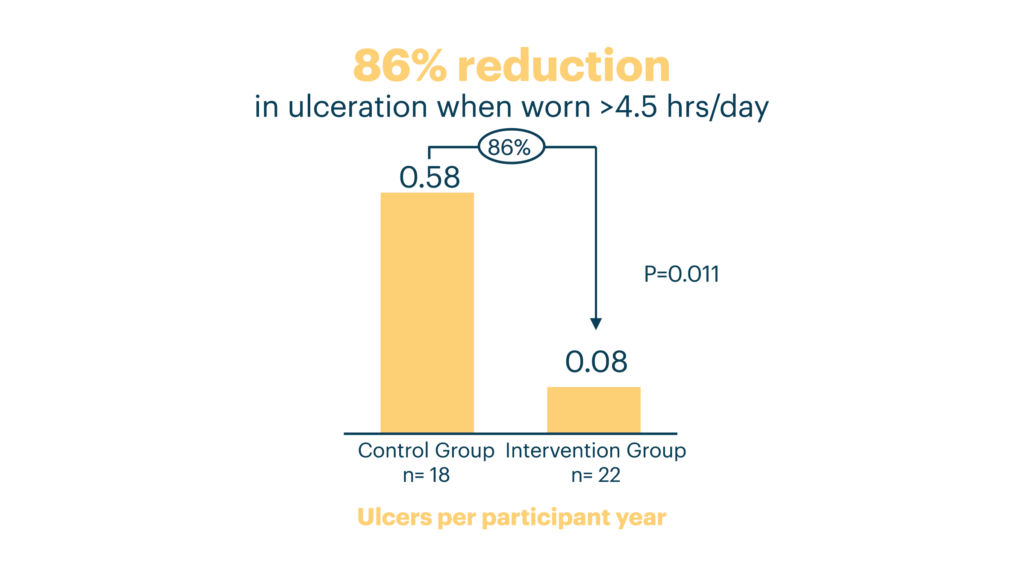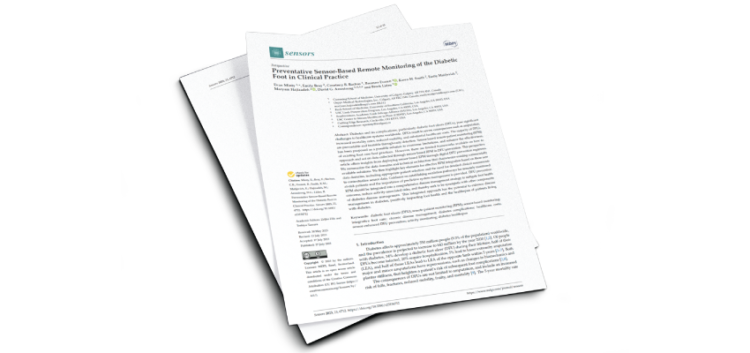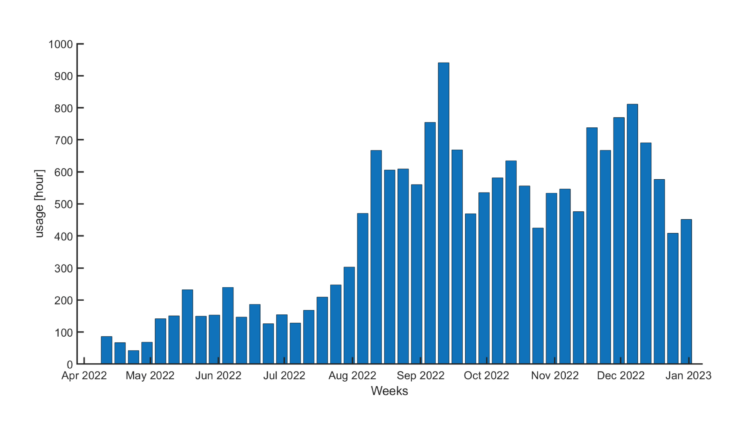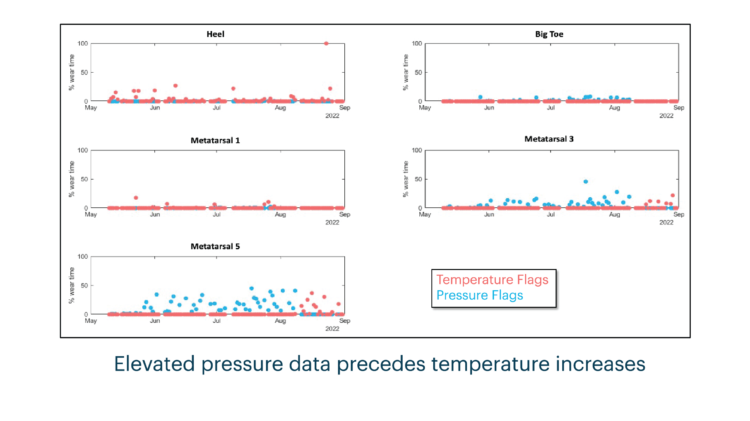Innovative intelligent insole system reduces diabetic foot ulcer recurrence at plantar sites: a prospective, randomized, proof-of-concept study

Abstract
Background
Prevention of diabetic foot ulcer recurrence in high risk patients, using current standard of care methods, remains a challenge. We hypothesized that an innovative intelligent insole system would be effective in reducing diabetic foot ulcer recurrence in such patients.
Methods
In this prospective, randomized, proof-of-concept study, patients with diabetes, and with peripheral neuropathy and a recent history of plantar foot ulceration were recruited from two multidisciplinary outpatient diabetic foot clinics in the UK, and were randomly assigned to either intervention or control. All patients received an insole system, which measured plantar pressure continuously during daily life. The intervention group received audiovisual alerts via a smartwatch linked to the insole system and offloading instructions when aberrant pressures were detected; the control group did not receive any alerts. The primary outcome was plantar foot ulcer occurrence within 18 months. This trial is registered with ISRCTN, ISRCTN05585501, and is closed to accrual and complete.
Findings
Between March 18, 2014, and Dec 20, 2016, 90 patients were recruited and consented to the study, and 58 completed the study. At follow-up, ten ulcers from 8638 person-days were recorded in the control group and four ulcers from 11 835 person-days in the intervention group: a 71% reduction in ulcer incidence in the intervention group compared with the control group (incidence rate ratio 0·29, 95% CI, 0·09–0·93; p=0·037). The number of patients who ulcerated was similar between groups (six of 26 [control group] vs four of 32 [intervention group]; p=0·29); however, individual plantar sites ulcerated more often in the control group (ten of 416) than in the intervention group (four of 512; p=0·047). In an exploratory analysis of good compliers (n=40), ulcer incidence was reduced by 86% in the intervention group versus control group (incidence rate ratio 0·14, 95% CI 0·03–0·63; p=0·011). In the exploratory analysis, plantar callus severity (change from baseline to 6 months) was greater in re-ulcerating patients (6·5, IQR 4·0–8·3) than non-re-ulcerating patients (2·0, 0·0–4·8; p=0·040).
Interpretation
To our knowledge, this study is the first to show that continuous plantar pressure monitoring and dynamic offloading guidance, provided by an innovative intelligent insole system, can lead to a reduction in diabetic foot ulcer site recurrence.
Funding
Diabetes UK and Orpyx Medical Technologies.
Preventative Sensor-Based Remote Monitoring of the Diabetic Foot in Clinical Practice

Evaluating the Effectiveness of Plantar Sensory Insoles and Remote Patient Monitoring for Early Intervention in Diabetic Foot Ulcer Prevention in Patients with Peripheral Neuropathy

Innovative plantar sensory insoles to prevent foot ulcer recurrence and guide treatment plans in patients with diabetic peripheral neuropathy
